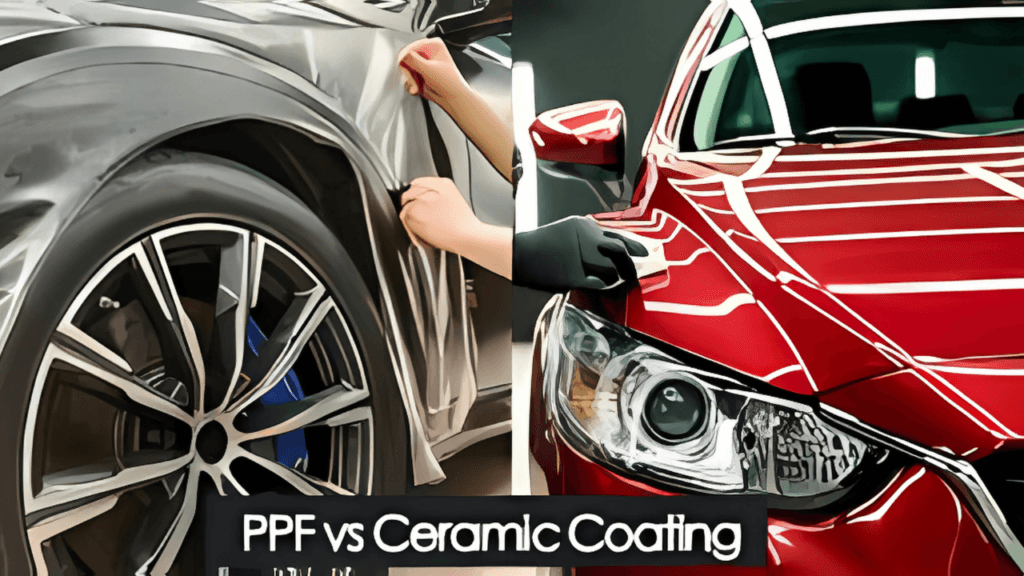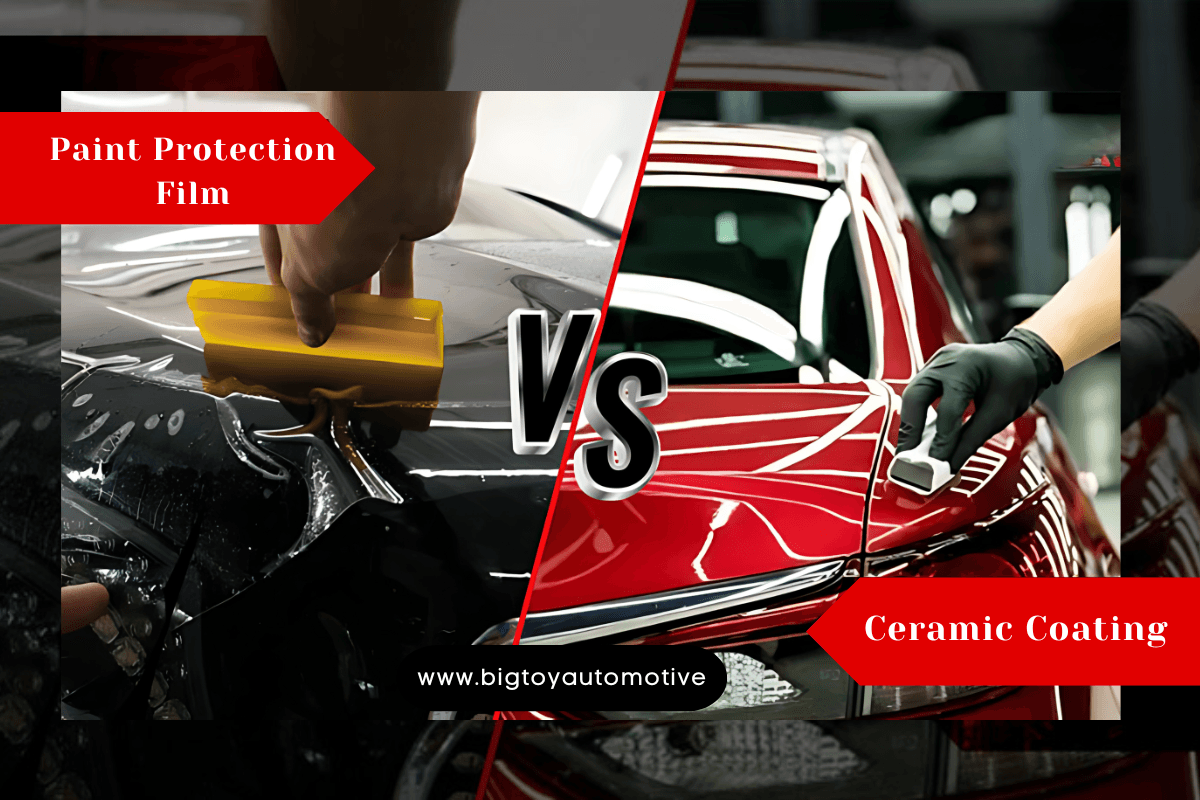I remember the day I bought my first car. It wasn’t just metal and wheels—it was freedom, pride, and a dream fulfilled. Like many Indian car owners, I obsessed over every scratch, every parking ding, and every rain splash. But what hit me hardest was the lack of safety on our roads—rising crime, unpredictable road rage, and even minor vandalism in parking lots. That’s when I knew just cleaning and polishing wasn’t enough. Protecting what you love most demands more.

Today, let’s talk about what every Indian car owner must know—PPF vs ceramic coating, how they protect your car, and whether bulletproofing is something you should consider.
Why Indian Roads Demand Extra Protection
Our roads are not kind to vehicles. Whether you’re in Delhi traffic or navigating narrow lanes in Mumbai, your car is constantly at risk. From flying debris to careless bikers scraping your side panel, the pain is real. And let’s not forget the increasing incidents of road rage and theft, especially in urban areas. Your car deserves more than a regular car service—it needs real, long-lasting protection.
PPF v/s Ceramic Coating—What’s the Difference?
This question comes up all the time, and for good reason. Both are protective coatings, but they’re very different in terms of function and durability.
PPF (Paint Protection Film)
Think of PPF as a flexible, invisible shield. It’s a thermoplastic urethane film that’s applied over your car’s painted surface. It protects against:
- Minor scratches
- Stone chips
- Road debris
- UV damage
PPF is ideal if you want physical protection that absorbs damage. It’s especially good for bumper corners, door edges, and areas prone to contact.
Ceramic Coating
This is a liquid polymer applied to your car’s exterior, which chemically bonds with factory paint. It doesn’t protect against scratches, but
- Repels water, mud, and dirt
- Makes cleaning effortless
- Provides a glossy finish
- Protects against oxidation and chemical stains
In short, ceramic coating is more about ease of maintenance and long-term shine, while PPF is about real-world physical protection.
Real Talk: In Indian conditions, if you’re driving daily in city traffic, a PPF layer with ceramic coating on top is a solid combo.
Is Bulletproofing Worth It for Indian Car Owners?
Now here’s the hot topic—bulletproofing. You’ve seen it in films, and yes, even civilians can get their cars bulletproofed in India. But should you?
Bulletproofing includes:
- Reinforced windows with ballistic glass
- Armored body panels
- Upgraded suspension and tires
It’s mainly done on high-value vehicles for VIPs, politicians, or business owners who feel at risk due to the rising crime graph. If you live in a high-threat area or drive high-end luxury cars, it’s worth exploring. Companies like Bigtoyautomotive offer bulletproofing solutions tailored to Indian conditions.
But keep in mind:
- It can cost ₹12–₹30 lakhs, depending on the level of protection.
- It adds weight, impacting mileage and ride quality.
- Approval from RTO may be required.
For most of us, PPF vs. ceramic coating is the more practical protection route.
Car Maintenance Tips Every Indian Owner Should Follow
- Regular checkups: Don’t skip that routine car service. Even small dents can become rust spots.
- Inspect paint damage: If you’re searching “car dent repair near me” or “auto body repair near me”, get it fixed early. Delaying can cost you more.
- Choose the right service center: Only go for the best car denting and painting services in Delhi or your city.
- Go to a trusted car paint shop before applying PPF or ceramic. Prepping is half the battle.
- Clean weekly, even if your car looks clean. Dust and bird droppings can cause long-term damage.
It’s Not Just a Car, It’s Your Confidence
Whether you’re navigating through Delhi’s chaos or cruising down a quiet highway in Kerala, your car is an extension of you. Choosing between PPF and ceramic coating is not just a maintenance decision—it’s about peace of mind.
Ask yourself: how much do you value your car’s look, longevity, and safety? If your answer is “a lot,” then don’t treat it like an afterthought.


